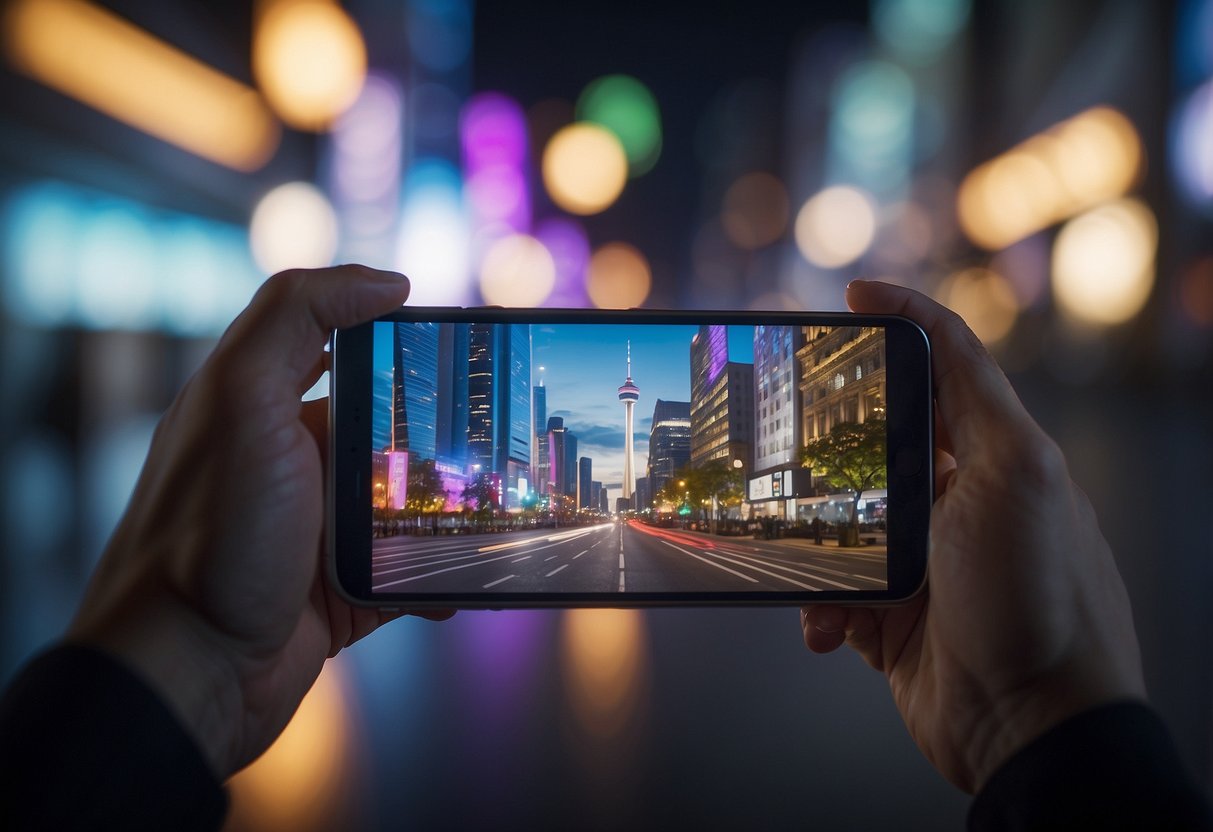
Technological Foundations of AR

Understanding the technological foundations of augmented reality (AR) involves examining advancements in artificial intelligence, sensor technology, and hardware improvements. These key elements are essential for enhancing the user experience and making AR a part of everyday life.
The Role of AI in AR Development
Artificial intelligence plays a critical role in the development of AR. AI algorithms enable real-time image recognition and tracking, which are fundamental for overlaying digital content onto the physical world. Machine learning models help in understanding and predicting user interactions, making applications more intuitive.
Natural language processing allows users to interact with AR systems using voice commands. With advancements in AI, AR experiences are becoming more personalized and context-aware. This enhances user engagement by making applications smarter and more responsive.
Sensors and Cameras: Gateway to Digital World
Sensors and cameras act as the eyes and ears of AR systems. Cameras capture the real-world environment, while sensors like accelerometers, gyroscopes, and depth sensors gather spatial information. These components work together to create a seamless digital overlay on the physical world.
The quality and precision of sensors and cameras directly affect the accuracy and realism of AR experiences. Higher resolution cameras and advanced sensor technology allow for more detailed and accurate digital augmentations. They also play a crucial role in tracking user movements and adjusting the digital content accordingly.
Enhancing Hardware for Immersive Experiences
The hardware utilized in AR devices, such as headsets and smart glasses, is pivotal in delivering immersive experiences. Advances in display technology, such as OLED and microLED, improve the visual quality of AR images. Lightweight and more ergonomic designs make prolonged use more comfortable.
Battery life is another important aspect, as it affects the duration of use. Enhanced processing power ensures smooth and lag-free interactions, crucial for maintaining immersion. With improvements in hardware, AR devices are becoming more practical for day-to-day use, blending digital content seamlessly into the user’s natural environment.
AR in Education and Learning
Augmented Reality (AR) is set to transform educational experiences by integrating digital content with traditional learning methods. This fusion promises to make learning more interactive, engaging, and effective.
Revolutionizing Textbooks with Digital Content
Traditional textbooks can seem static and unengaging. AR breathes new life into these resources by overlaying digital content onto printed materials. Students can scan a page with their device to reveal 3D models, interactive diagrams, and video explanations. This approach provides a multi-dimensional understanding of subjects, helping students grasp complex concepts more easily. For instance, a biology textbook could come to life with animated cell structures and interactive dissections. Such enhancements cater to various learning styles, promoting better retention and interest in the material.
Creating Engaging Learning Environments
AR has the potential to create highly engaging learning environments that go beyond the classroom. Teachers can use AR to develop interactive lessons that captivate students’ attention and foster participation. For example, historical events can be vividly recreated in the classroom, allowing students to ‘experience’ history firsthand. Science experiments can be conducted virtually, minimizing risks and costs while maximizing learning opportunities. These immersive environments encourage exploration and curiosity, making education a more dynamic and enjoyable process. AR tools can also provide instant feedback and adapt to individual learning paces, ensuring that students stay motivated and on track.
Future of Immersive Learning Experiences
The future of AR in education points towards increasingly immersive learning experiences. As the technology advances, we can expect more sophisticated applications that offer deeper interactivity and personalization. Virtual field trips could become a staple in education, allowing students to explore distant lands, historical sites, or even outer space from their classroom. Virtual and augmented labs can provide hands-on practice in fields such as chemistry, engineering, and medicine. These experiences help bridge the gap between theoretical knowledge and practical application, preparing students for real-world challenges. Moreover, AR’s ability to integrate with other technologies like AI and IoT will create even more opportunities for innovative educational tools.